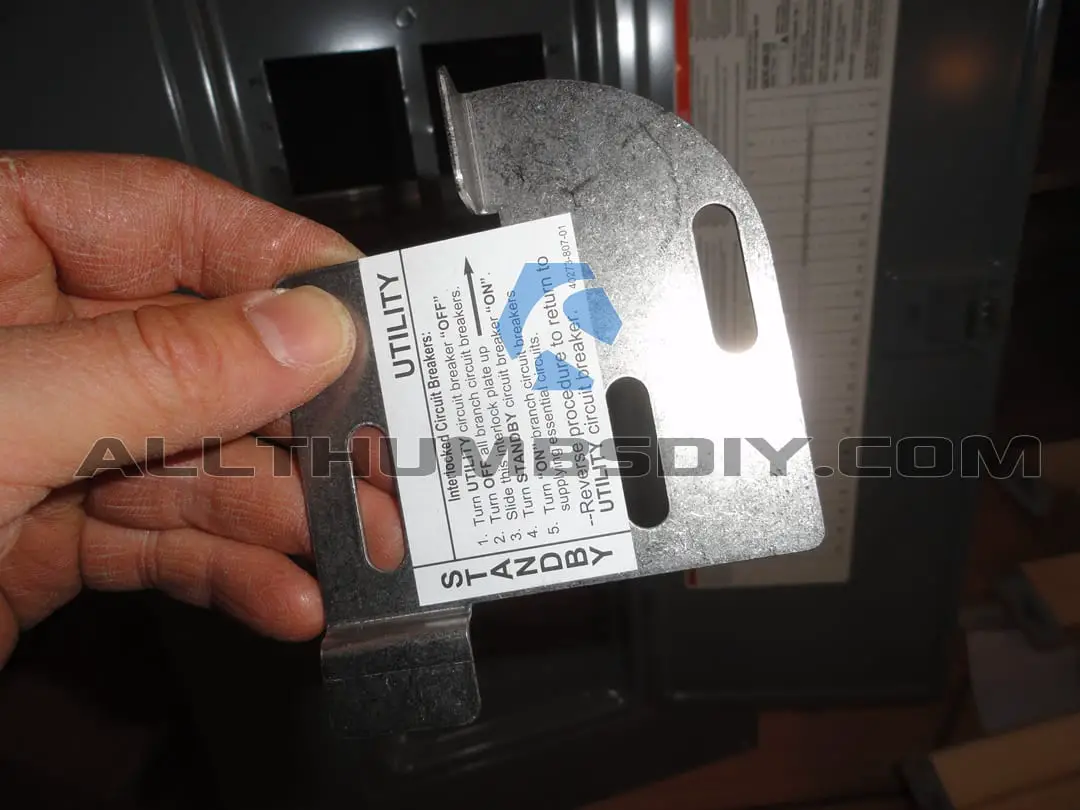Table Of Content

It has a weatherproof cover and provides a safe and convenient way to connect generator to the house wiring. If you live in an area that is prone to power outages, it’s a good idea to have a backup plan. This can provide you with power during an outage and help keep your family safe and comfortable. In this article, we will walk you through the process of how to connect a generator to your house.
How a Transfer Switch Works
Because your generator will be outside, you'll need a system in place to safely get power to your home circuits. In the short term, it's possible to use outdoor-safe cables to run an extension cord from the generator into the home, but this isn't ideal. Once the inlet box is installed, you can connect the generator to it . First, make sure that the generator is turned off and disconnect the power supply cord from the outlet. Next, connect one end of the supply cord to the generator inlet plug.
How Do Portable Generators Work?
Backup Generators Can Give Your House a Boost - AARP
Backup Generators Can Give Your House a Boost.
Posted: Thu, 07 Oct 2021 07:00:00 GMT [source]
First, any mention of portable generators must come with a warning about carbon monoxide (CO), the poisonous gas they produce and release into the air. Ideally, place it outside at least 20 feet from any doors or windows into your home. The order of the prongs does not matter, as long as they’re all connected. If you have a three-pronged outlet, you’ll need a generator with three prongs, or an adapter to fit a two-pronged generator. The inlet box is installed on the outside of the house, near the generator.
Woods Woods 12-Gauge Extra Heavy-Duty 100-Foot Extension Cord
Can Your EV Power Your House? - Car and Driver
Can Your EV Power Your House?.
Posted: Wed, 11 May 2022 07:00:00 GMT [source]
An automatic transfer switch can also be used with an interlock kit. A mechanical interlock installs in the electrical panel and connects the generator to the electrical panel. This device has mechanical bars that prevent the main breakers and generator breakers from being in the “On” or live position at the same time.
It is relatively safe to forego a transfer switch for your generator, but it is not recommended, for the most part. However, there is a great risk of electrocution than with using a transfer switch. Also, there is a higher chance for electrical feedback when using extension wires without a transfer switch. Let’s get into the step by step process of connecting a portable generator to a house without a transfer switch.
Cost
Keep in mind that some appliances, like air conditioners, require a lot of power to start up. So you may need to start with a smaller generator and then upgrade to a larger one as your needs change. If you're using a mid-sized generator and comfortable plugging in appliances during a storm but still want to use cords, your best bet is to invest in a Gen-Cord.
There is a correct sequence to power a load through an extension cord. Then go inside and plug the loads into the extension cord. Unplug the loads from the generator, then go outside and unplug the cords, and turn the generator off.
While Portable generators are fuel efficient, you’ll need to refuel them occasionally for longer outages. Portable generators are generally petrol powered, so you’ll want to have a supply of fuel on hand if an outage is anticipated, like a storm. Portable generators are significantly less expensive than a home standby generator.

To connect a portable generator to a house without a transfer switch, make sure that your portable generator has a round plug. Gather an interlock kit that is compatible with your generator, 3 sets of wires, and a drill. Drill a hole into a wall leading inside that is far away from the generator so that you can pass wires through it. Transfer switches and generator interlock kits are essential to the responsible operation of your portable generator.
If you can set up a power inlet box, drill a hole to run wires through, and put together a conduit, you can hook up a generator without a transfer switch. They cost less than home standby generators, making them a budget-friendly option for emergency power. Plus, setting up is simple—you just plug into an appliance or connect to your home circuit with a transfer switch. Yes, for safety and to meet electrical codes, hire a skilled electrician. This safety device stops electricity from flowing back into power lines. Finally, turn on the generator and flip the universal transfer switch on the inlet box to the “on” position.
With a portable generator, it's advisable to be selective with which parts of the house you power-up. This is to avoid overloading it and preserving the fuel source. You'll also need to hook it up safely whenever you want some backup generator power. The biggest benefit of a home standby unit is it will automatically start when the power goes out. It also typically has a propane or natural gas connection, so there’s no need to refuel as often. For some homeowners, this convenience outweighs their high cost.

No comments:
Post a Comment